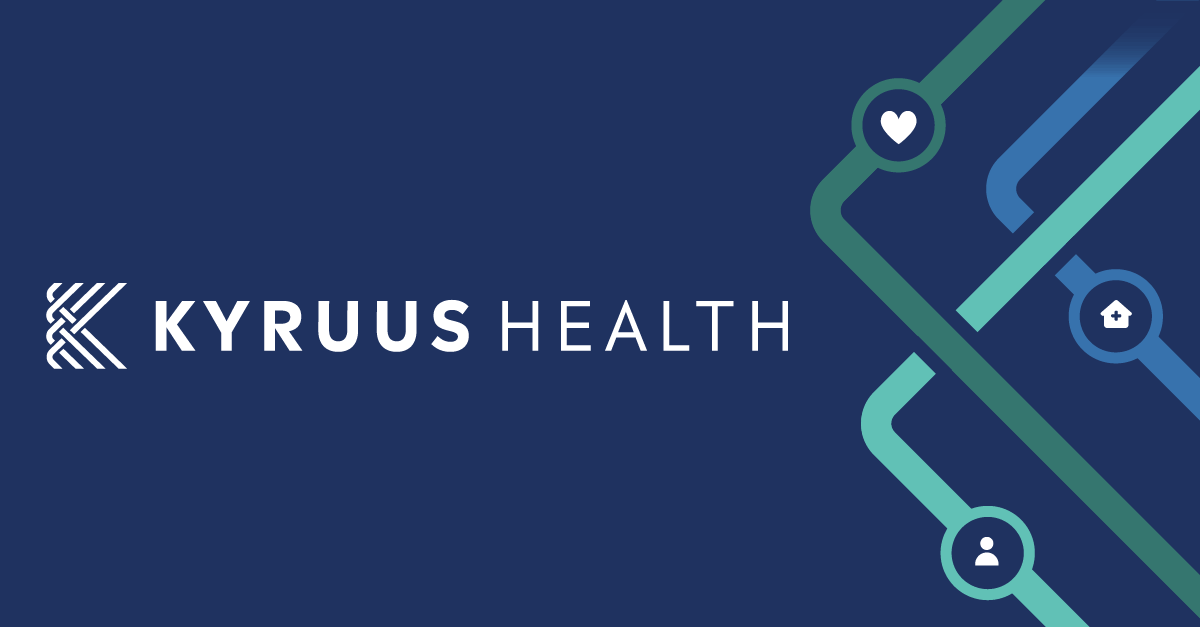Accessing quality healthcare in the United States can be a significant challenge for many people. Key barriers include long wait times for appointments, a shortage of available healthcare providers, transportation difficulties, and racial bias within the system. Understanding these obstacles is the first step for healthcare organizations to create a more equitable and accessible experience for every patient.
This article breaks down the most significant barriers patients face and provides ten practical steps your practice can implement to address them directly.
1. How Do Long Wait Times Affect Patient Access?
Excessive wait times are a major deterrent, causing many patients to delay or forgo necessary care. The average total wait time at a medical office, including time in the waiting room and exam room, can range from 20-25 minutes. Even more critical is the delay in securing an appointment in the first place, with patients waiting an average of 20.6 days to see a family physician and even longer for specialists. These delays are frustrating and can lead to worsened health outcomes, especially for those with chronic or mental health conditions.
2. Are Inconvenient Office Hours a Barrier to Care?
Yes, limited office hours prevent many working individuals and families from seeking timely care. Many patients can only attend appointments on nights or weekends. When their primary provider isn’t available, they are forced to turn to more expensive and less continuous options like urgent care centers or the emergency department. Expanding office hours is a crucial step in connecting patients with the right care at the right time.
3. What Role Do Provider Shortages Play in Access to Care?
A nationwide shortage of healthcare professionals makes it difficult for patients to find qualified, in-network providers. The U.S. is projected to lack an estimated 3.2 million healthcare workers by 2026, with a physician shortage of up to 124,000 by 2034. This problem is especially severe in rural areas and for mental health services. Even in urban settings, patients, particularly from racial and ethnic minorities, struggle to find available providers covered by their insurance.
Read more: Five Ways to Tackle Lengthy Patient Wait Times
4. How Does Transportation Impact Healthcare?
Lack of reliable transportation is a critical social determinant of health that causes millions to miss or skip medical appointments. Approximately 3.5 million patients in the U.S. forgo healthcare each year because they cannot find transportation. This issue is particularly alarming for children, with an estimated four percent missing medical appointments for this reason, leading to gaps in essential preventative and primary care.
5. Can Language and Health Literacy Limit Access?
Absolutely. When patients and providers don’t speak the same language, the risk of miscommunication and poor health outcomes rises dramatically. In the U.S., one in five households speaks a language other than English at home. This can make it difficult for patients to understand care instructions, adhere to medication schedules, and comprehend basic health information, resulting in low health literacy and discouraging them from seeking care.
6. How Does Racial Bias Create Barriers in Healthcare?
Racial bias, both conscious (explicit) and unconscious (implicit), leads to lower-quality care and exacerbates health disparities for minority populations. Research shows that at least one in ten Black patients reports experiencing discrimination during a healthcare encounter. After such an experience, a patient is less likely to return to that provider, often delaying care until a condition becomes an emergency. This systemic issue results in significant obstacles to consistent, quality healthcare for minority groups.
What Can Your Practice Do to Improve Access? 10 Action Steps
Now that you understand the obstacles, here are 10 easy-to-implement action steps your practice can take to improve patient access.
- Offer Convenient Scheduling Options: Provide online scheduling portals and flexible appointment slots to accommodate diverse patient needs.
- Use Automated Appointment Reminders: Deploy secure text or email reminders to reduce no-shows and help patients remember their appointments.
- Enable Digital Check-In: Allow patients to complete paperwork and check in from their mobile devices to significantly limit in-office wait times.
- Employ Remote Patient Monitoring (RPM) Use RPM technology to manage patients with chronic conditions, reducing the need for frequent in-person visits.
- Provide Telehealth and Virtual Care Offer virtual visit options to overcome transportation barriers and provide convenient access to care, especially for mental health services.
- Expand Office Hours Extend hours at least one day a week, or offer weekend appointments, to serve patients with restrictive schedules.
- Utilize Nurse Practitioners and Physician Assistants Integrate NPs and PAs into your care teams to increase the number of available appointments and reduce wait times.
- Ensure Staff are Trained in Patient Intake Regularly train all staff on efficient, respectful, and culturally competent patient intake procedures.
- Partner with Transportation Services Establish a partnership with non-emergency medical transportation (NEMT) providers to help patients get to their appointments.
- Promote Multi-Language Educational Materials Offer patient education resources, forms, and instructions in the primary languages spoken by your patient population.
By proactively addressing these barriers, healthcare organizations can not only improve patient outcomes but also build a more efficient, equitable, and trustworthy practice.
Subscribe to our blog for more information on issues pertinent to the healthcare industry.



